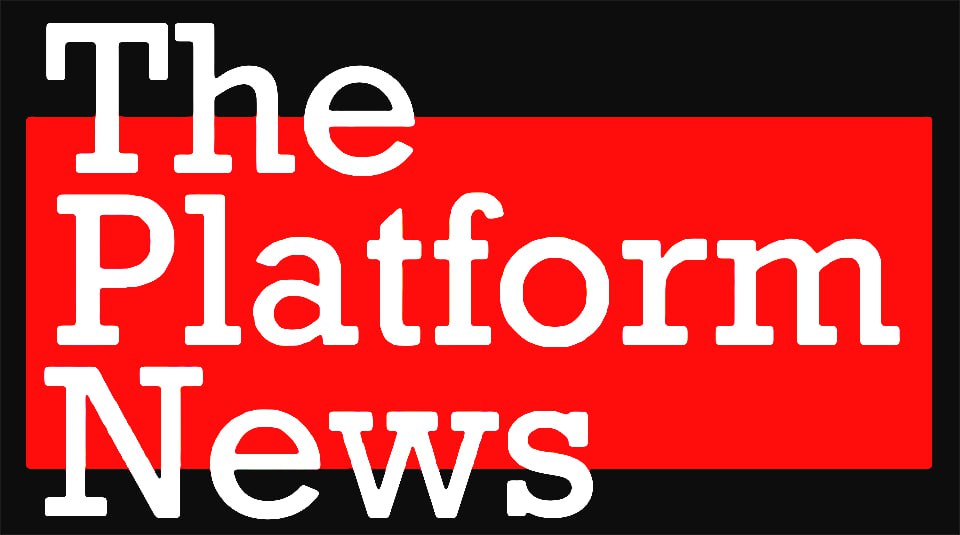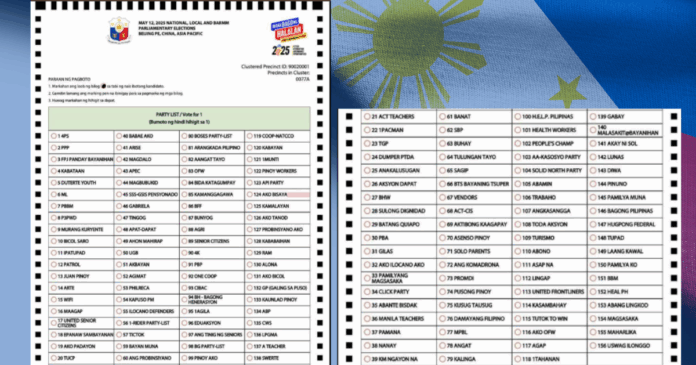In a previous Maniobra, we talked about political quid pro quo—how debts are paid and deals are struck. Now, let’s talk about another form of panga-maniobra: the Party-List System.
There is a law—Republic Act No. 7941, known as the Party-List System Act, enacted in 1995. It was hailed as a breakthrough in political representation, a way to bring marginalized and underrepresented Filipinos into Congress. The law aimed to create a representative system that would “enable Filipino citizens belonging to marginalized and underrepresented sectors, organizations, and parties, and who lack well-defined political constituencies” to participate in the legislative process.
And when it first started out, it did just that.
In the inaugural 1998 elections, the House welcomed 13 party-list groups. Among them:
- Akbayan, which focused on human rights and participatory democracy
- Sanlakas, a coalition of labor unions and grassroots groups
- Abanse! Pinay, a women’s rights party
- Aksyon Demokratiko, pushing for political reform and good governance
- APEC Party-list, which represented rural electric cooperatives
By that metric, the party-list system looked like it just might work.
But now, people are asking:
“Eh kaninong party ba ‘yang mga party-list?”
In a 2024 report, the Philippine Center for Investigative Journalism (PCIJ) revealed that 36 out of 54 party-list groups in the current 19th Congress—that’s 67%—have at least one nominee from a political family. And in the upcoming 2025 elections, 78 of the 156 certified party-list groups are also linked to established political dynasties.
So when did this all change?
In 2013, the Supreme Court reversed its earlier interpretation of the Party-List System Act in the landmark Atong Paglaum v. COMELEC ruling. The decision allowed parties not linked to any marginalized sector to participate in the party-list system, as long as they did not field candidates in legislative districts.
And what did this result in?
A dramatic shift—from a strong representation of marginalized voices, to just one seat or even none at all for genuine sectoral groups. In contrast, political dynasties have steadily expanded their presence, with nearly half of all party-list seats in Congress now linked to established political families.
So, the answer to the question “kaninong party ba ‘yang mga party-list?” seems clear:
Many now serve the interests of entrenched political elites.



